Why the New Dodge Hornet is So Important
Since the new Dodge Hornet debuted during the Speed Week muscle announcements, the new compact SUV has received some harsh, undue criticism. Many fans of the brand – both those who prefer classics and those who enjoy the modern models – don’t understand why the Dodge would jump into the relatively bland segment. After all, the brand has become known for larger, high-performance vehicles and even when looking to the future, the Dodge electric vehicle has a distinct muscle car design.
So why is Dodge trying to get into the compact SUV segment? Because small SUVs have replaced small cars as the go-to for the average American driver, leading to a huge boom in sales of small, efficient sport utility vehicles. For example, among the 10 bestselling vehicles in the United States in 2021 were the Toyota RAV4 (fourth overall), the Honda CR-V (fifth overall), the Nissan Rogue (seventh overall) and the Toyota Highlander (ninth overall), and if you look at the top 25, you will find the Mazda CX-5, the Chevrolet Equinox, the Subaru Forester, the Hyundai Tuscon and the Ford Escape. In short, nine of the top 25 bestselling vehicles in the U.S. market in 2023 were smaller SUVs and that number is going to grow as more and more buyers jump from sedans to compact SUVs.
While the Jeep® brand has obviously benefited from the boom in popularity of small SUVs, the Dodge brand is looking to get in on that action, but the high-performance brand is taking a very different approach. For most of the brands selling big numbers of small SUVs, the goal is to offer the best fuel economy and the most interior technology for the lowest price point, leading to a segment of very bland vehicles. For the Jeep brand, the goal is to transfer the Trail Rated nature of the larger, strong-selling models to the segment and that has worked well, but with the new Hornet, Dodge is taking an approach unlike any of the competitors in the segment.
Unlike the other vehicles in the segment, the new Dodge Hornet is designed to be fun to drive, offering both impressive acceleration numbers thanks to class-leading power, along with enjoyable on-road driving dynamics, which is practically unheard of among the top sellers in the group. Of course, like the competitors, the new Hornet comes chock full of premium interior technology and it gets incredible fuel economy, leading to a vehicle that checks every box, unlike anything in the large-and-growing segment.
Should the new Dodge Hornet be the sales success that the brand expects, it will obviously be great for the company from a business aspect, but it could also be good news for fans of high-performance vehicles.
Meeting EPA Regulations
There are two key roadblocks for American automakers who would like to offer high-performance, gasoline-powered vehicles in the future. The first is CAFE regulations, which require the automakers doing business in the United States to meet a minimum average fuel economy number, and the second is the government expectation that all automakers will offer electrification in at least 50% of their vehicles by 2030.
In theory, offering electric vehicles is the “easy” issue to solve, and the Dodge brand is working on that with vehicles like the stunning new Dodge Charger SRT® Daytona Concept. Both Jeep and Chrysler have already proven that the company has excellent plug-in hybrid models that offer all-electric driving capabilities; now the company has to make the next step to battery electric vehicles.
The more difficult of those two roadblocks to overcome is the CAFE fleet fuel economy requirements, which will rise to 49 miles per gallon in 2026. Some people mistakenly believe that the CAFE fuel economy requirements mean that every vehicle has to get at least 49 mpg, but that is not the case. An automaker’s CAFE number is an average of all of their vehicles, and it is weighted based on sales volume. This means that strong-selling vehicles have a much greater impact on the company’s CAFE number than do slower-selling vehicles.
For example, let’s say that a company offers two vehicles – a high-volume model (Vehicle A) that gets 50 mpg and a low-volume performance (Vehicle B) model that gets 25 mpg. Let’s also say that the company sells 100,000 vehicles – 97,000 examples of Vehicle A and 3,000 units of Vehicle B.
Total production/(Vehicle A Production/Fuel Economy Rating) + (Vehicle A Production/Fuel Economy Rating)
100,000/(98,000/50) + (2,000/25) = 49 mpg
As Vehicle A sales increase without any increase from Vehicle B, the CAFE number will improve. If sales numbers of Vehicle B go down, the CAFE number will improve, so the lower the volume of the performance vehicle, the lower the impact on the brand’s CAFE number. Of course, with every company offering a wide variety of vehicles with different drivetrain configurations and different fuel economy ratings for the various models, the math is far more intricate, but the math above provides a basic idea of how a company’s CAFE score is calculated.
When a company fails to meet the CAFE requirement, they can receive hefty fines from the Federal Government, but when a company exceeds the average number, they get credits that can be used in the future to avoid fines.
The new Dodge Hornet R/T PHEV is projected to offer 75 MPGe, so if the company could sell a large number of these sporty hybrid compact SUVs, it would lead to a huge boom in their CAFE numbers. If the company can post a couple years of big sales numbers in the coming years for the Hornet, especially after the current Challenger and Charger are no longer available, the company could earn some credits toward future years. Those credits could be used to avoid those big fines in the future, should they decided to introduce a high-performance vehicle that doesn’t get the best fuel economy numbers.
The new Dodge Hornet should help the brand make a strong entry into a booming segment. If this sporty compact SUV does sell in big numbers, it will help the company work toward the future CAFE requirements. As the company exceeds the required numbers, they earn credits that could allow them to introduce lower volume, gasoline-powered cars in the future.

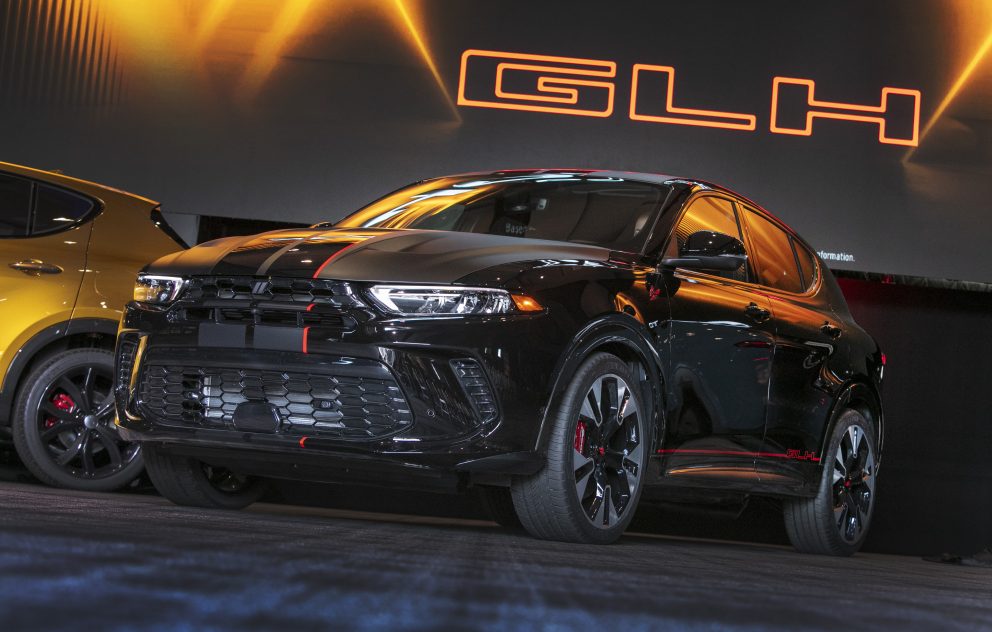
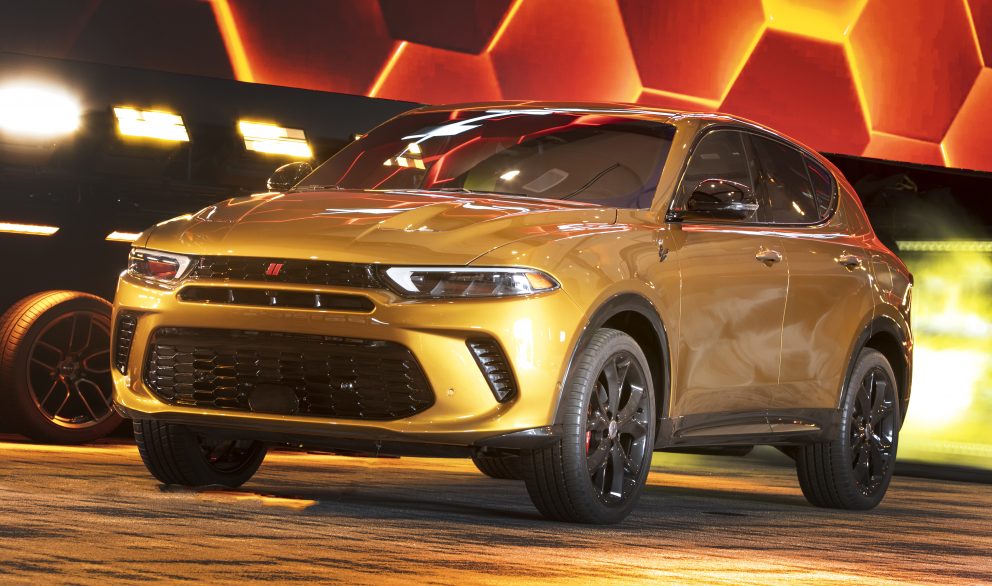
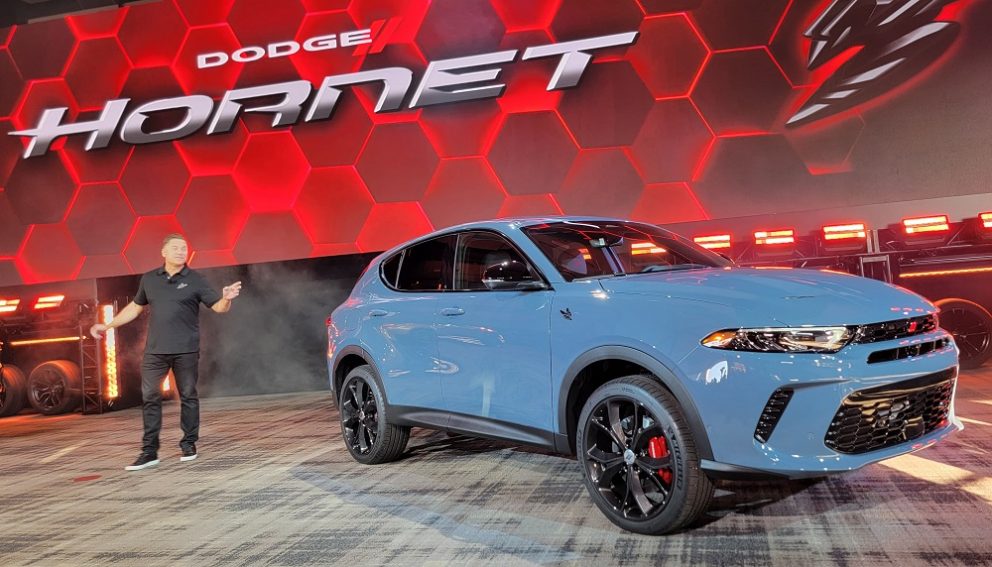
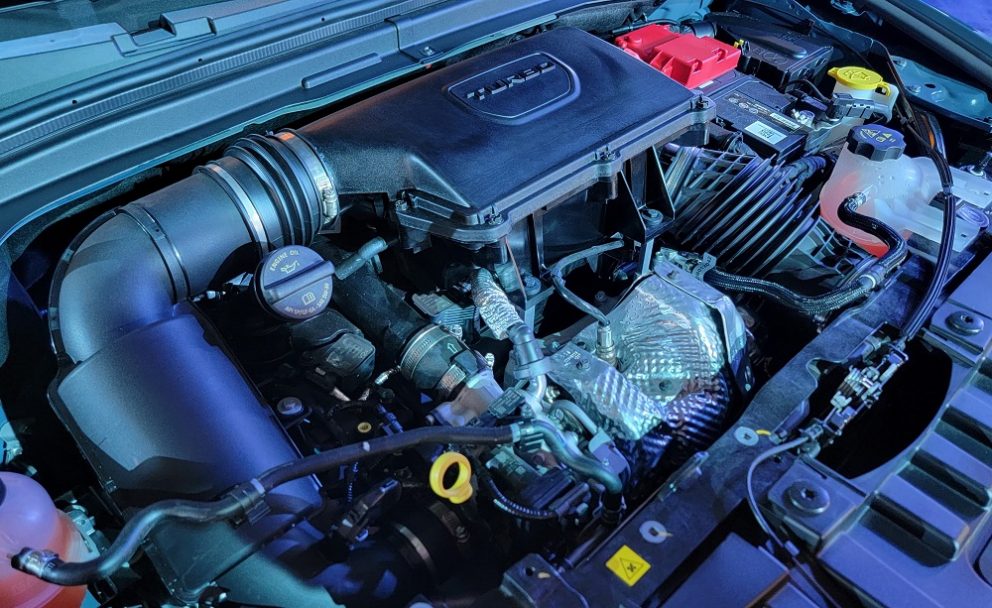
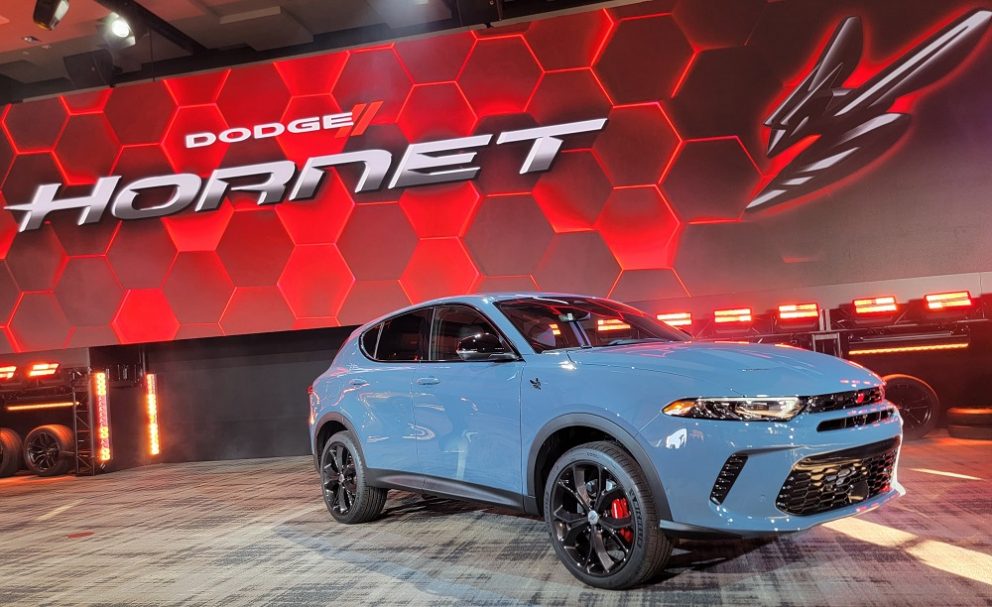
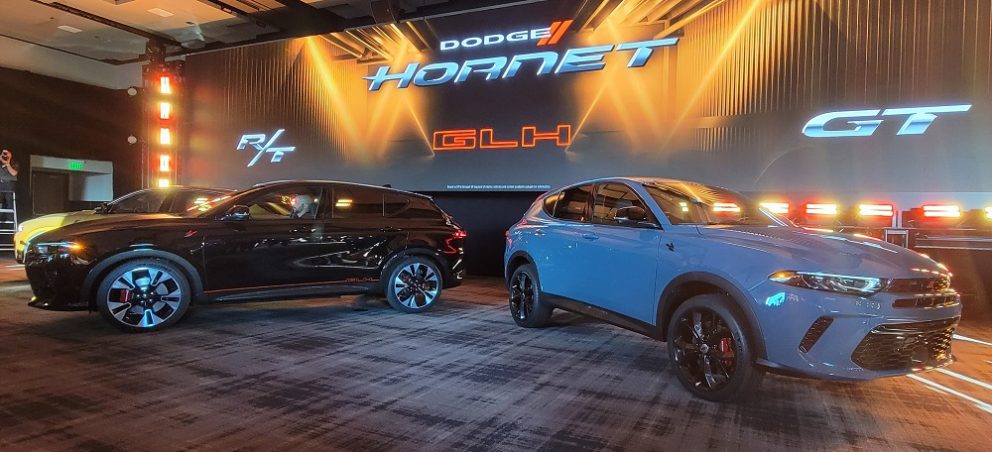
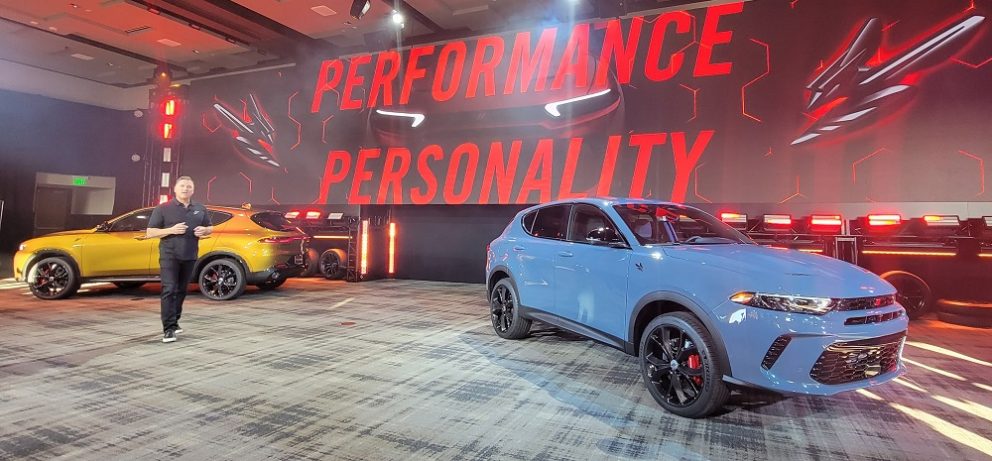
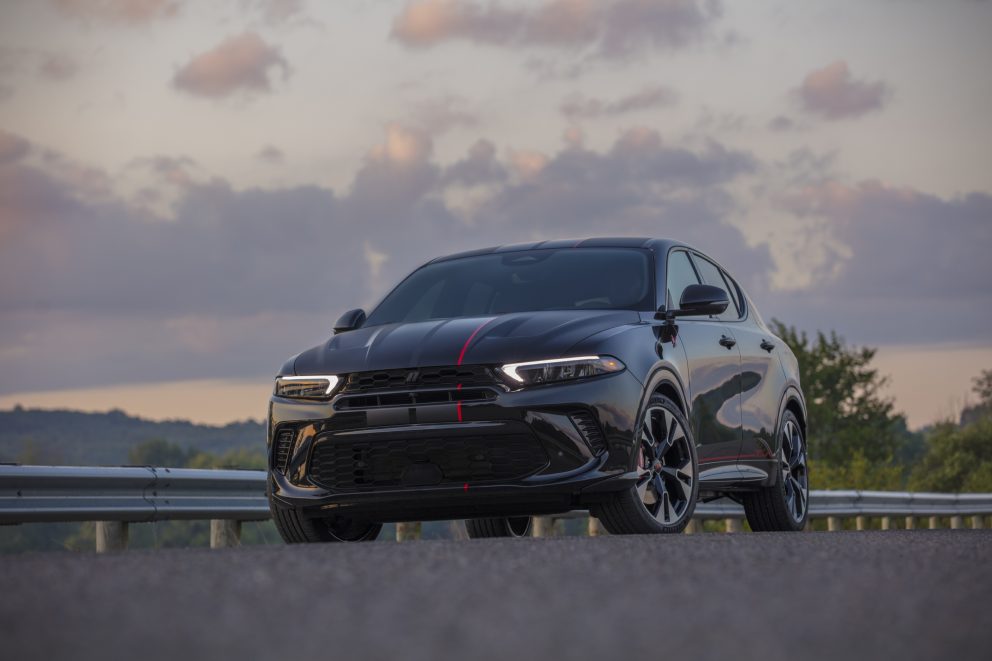
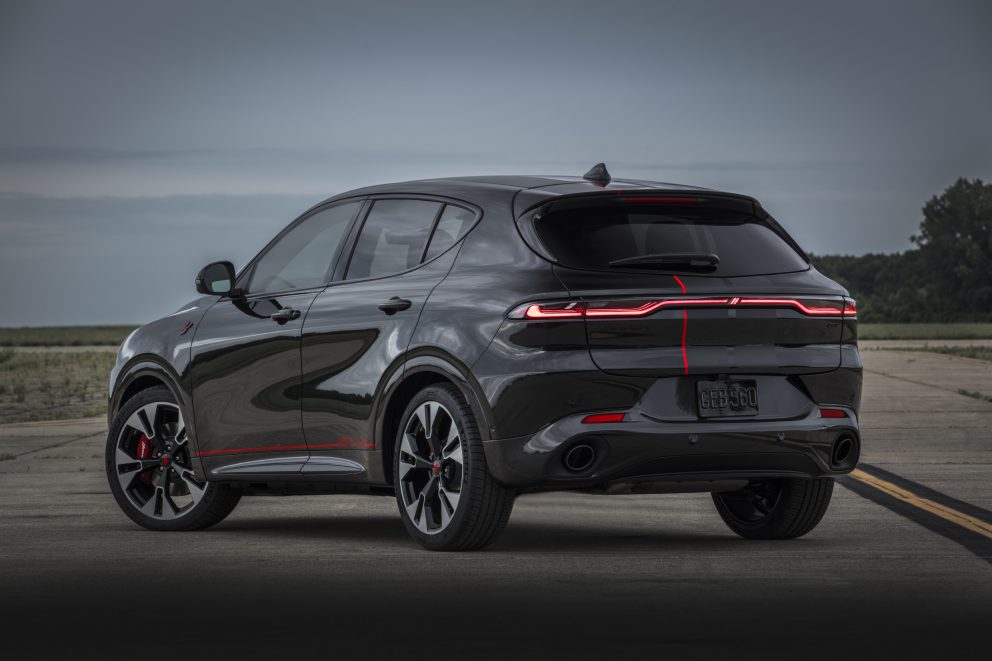
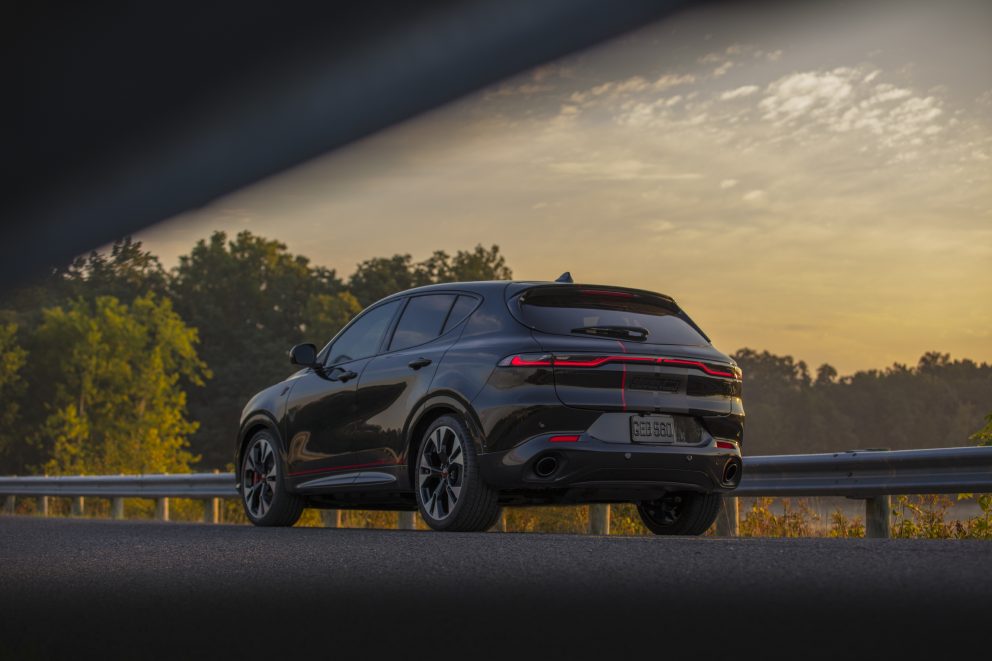
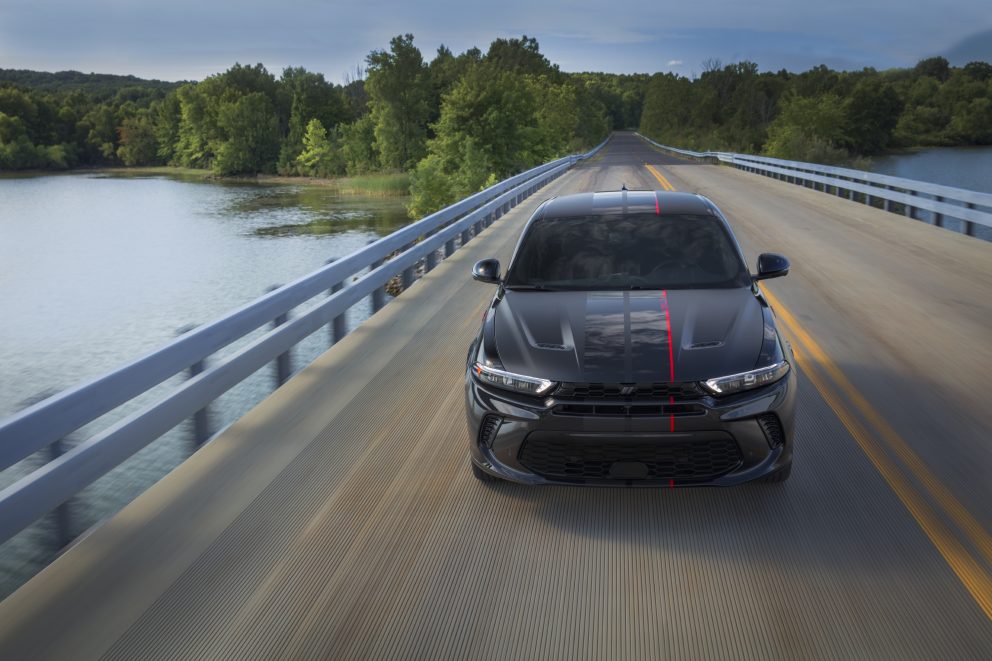
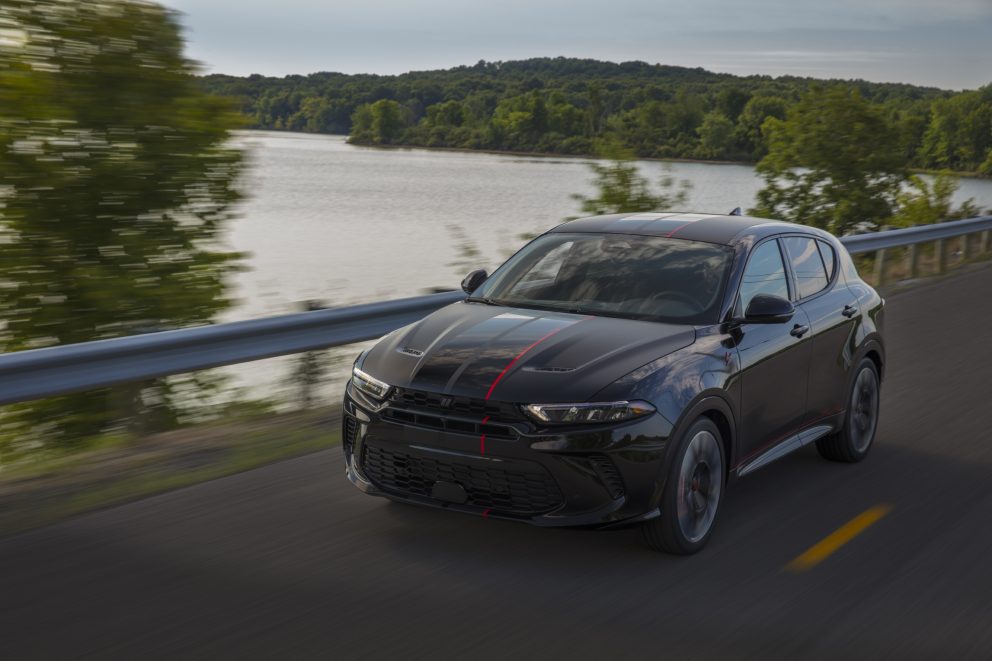
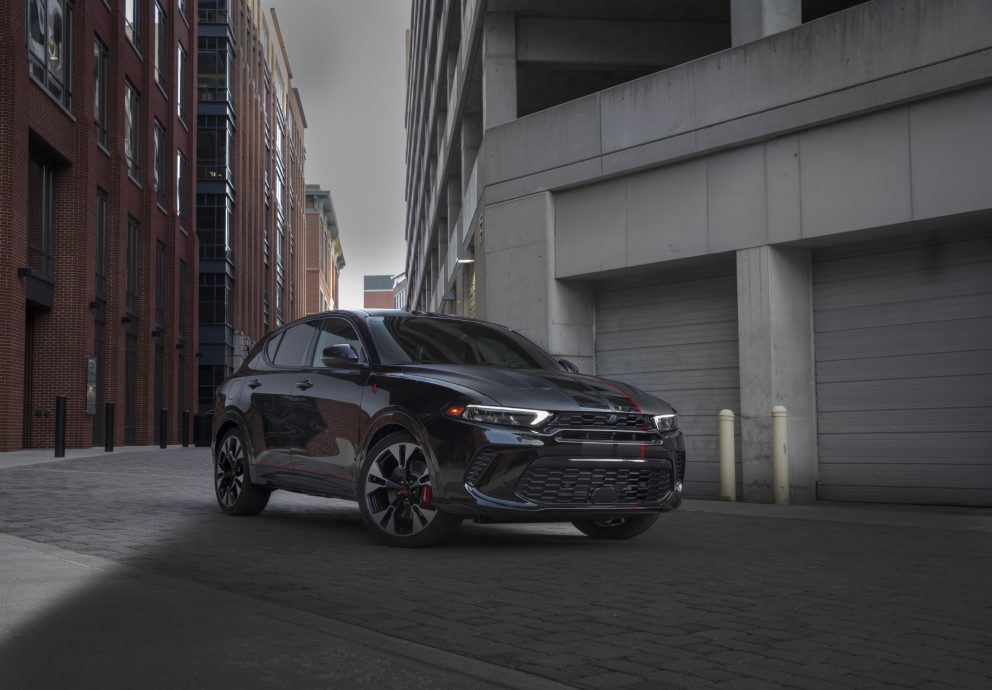
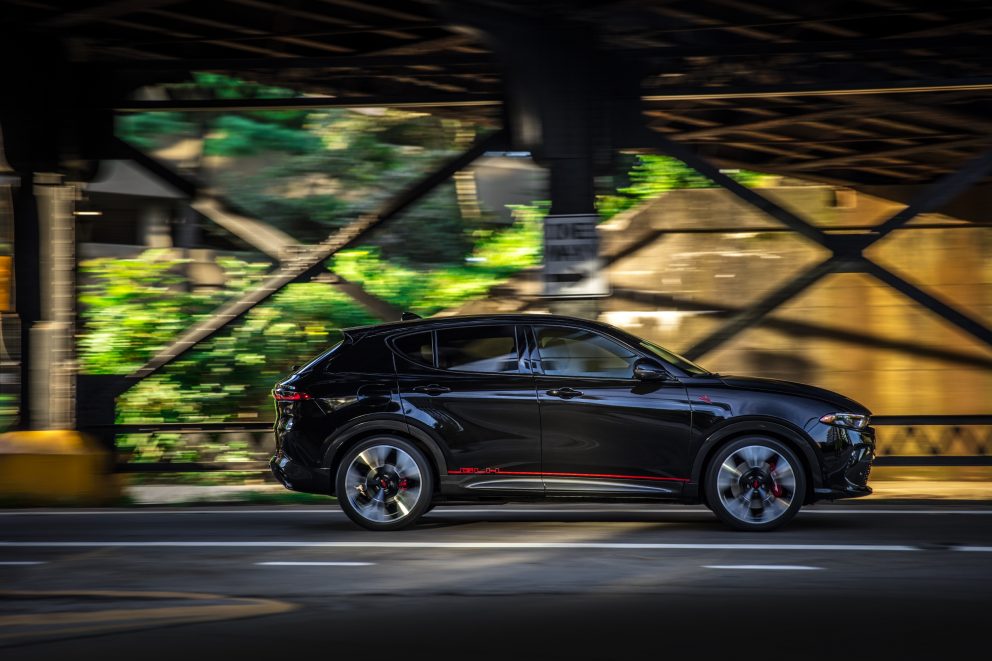
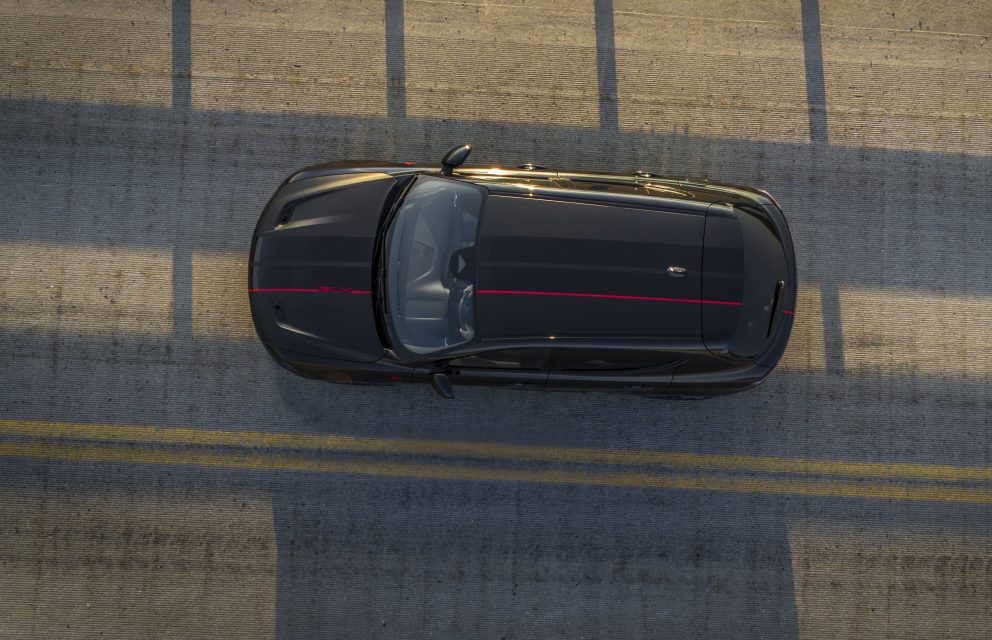
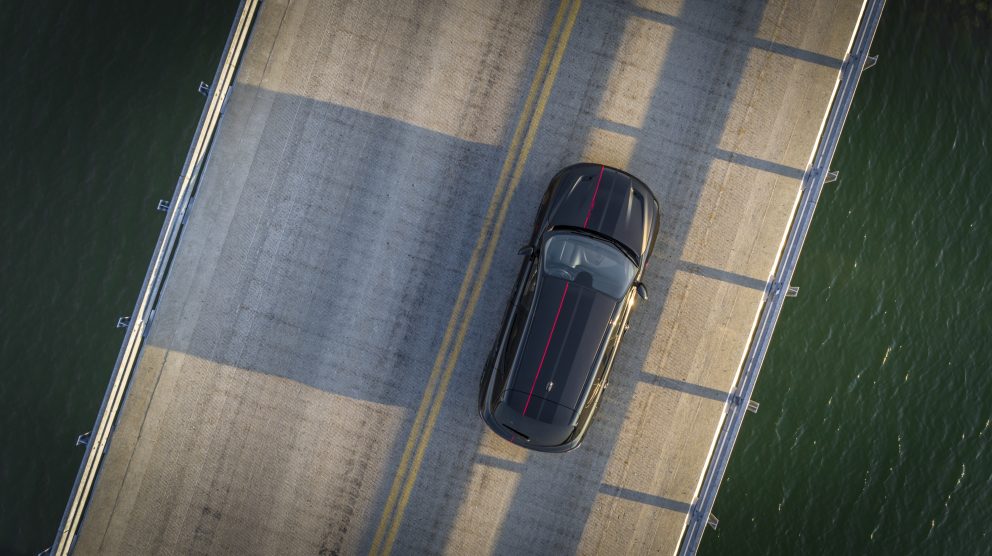
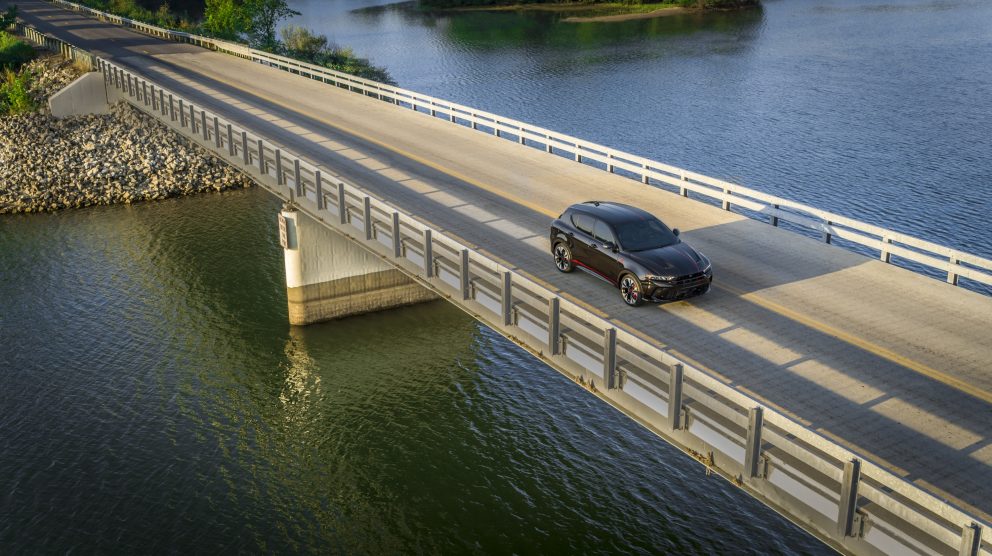

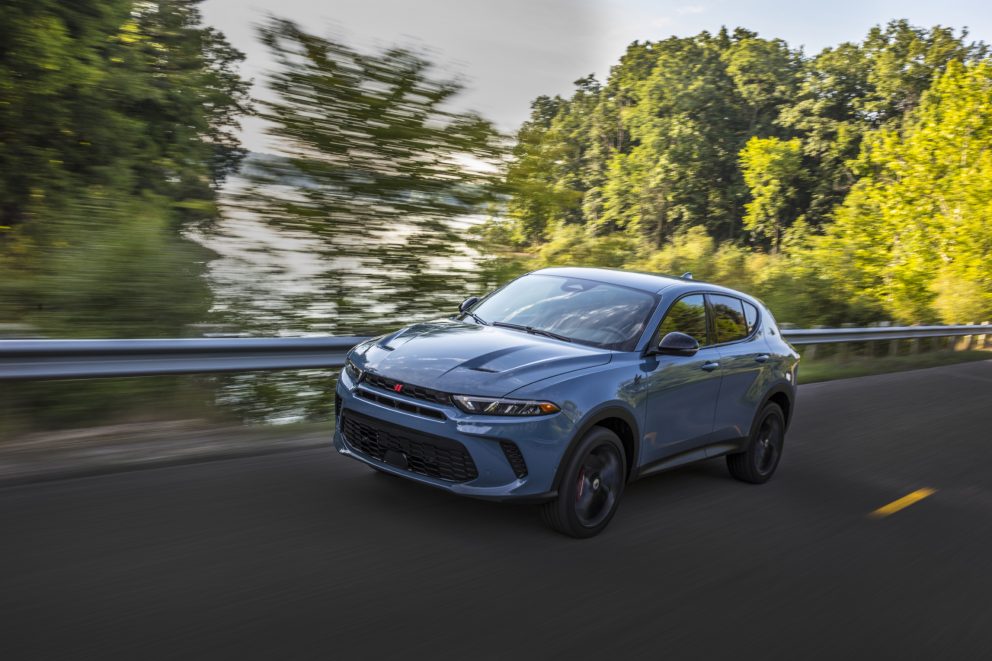
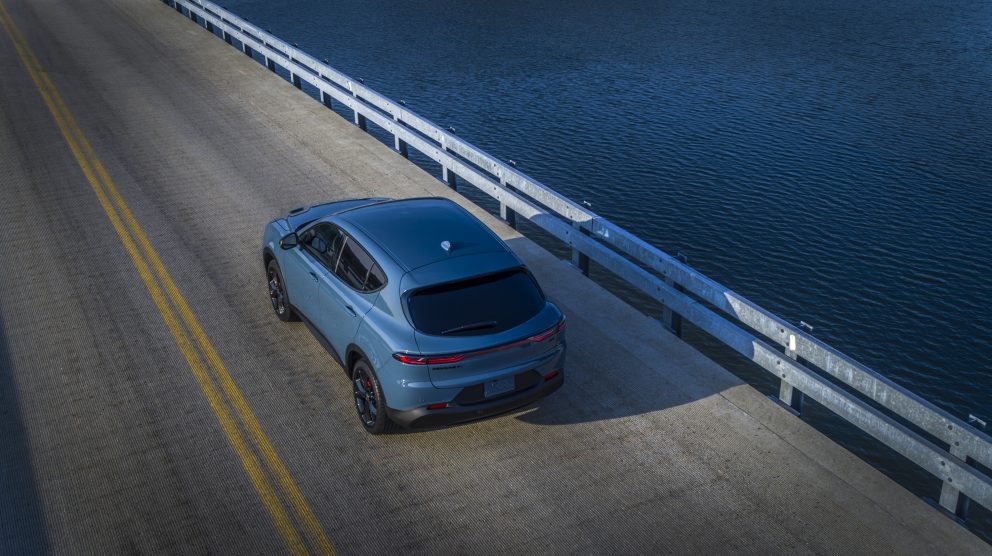
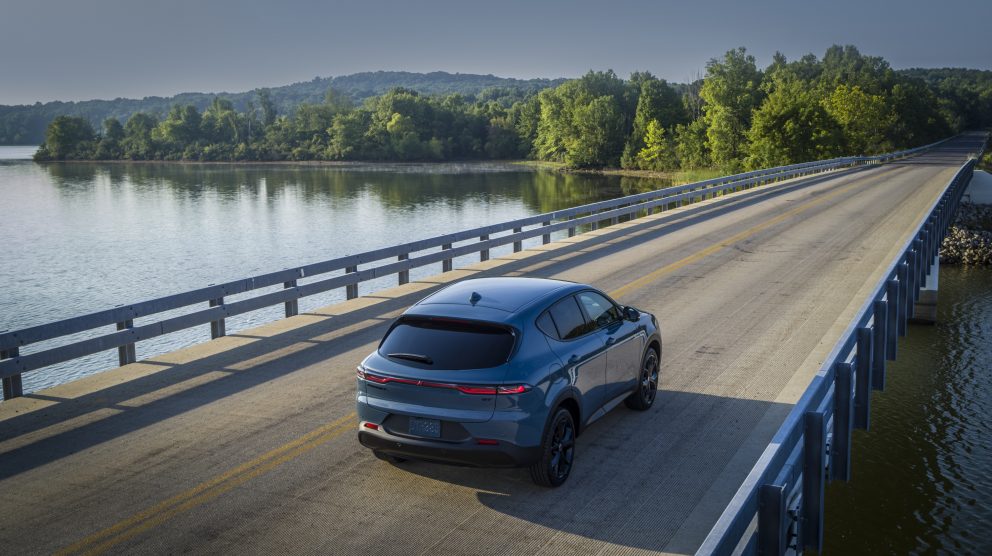
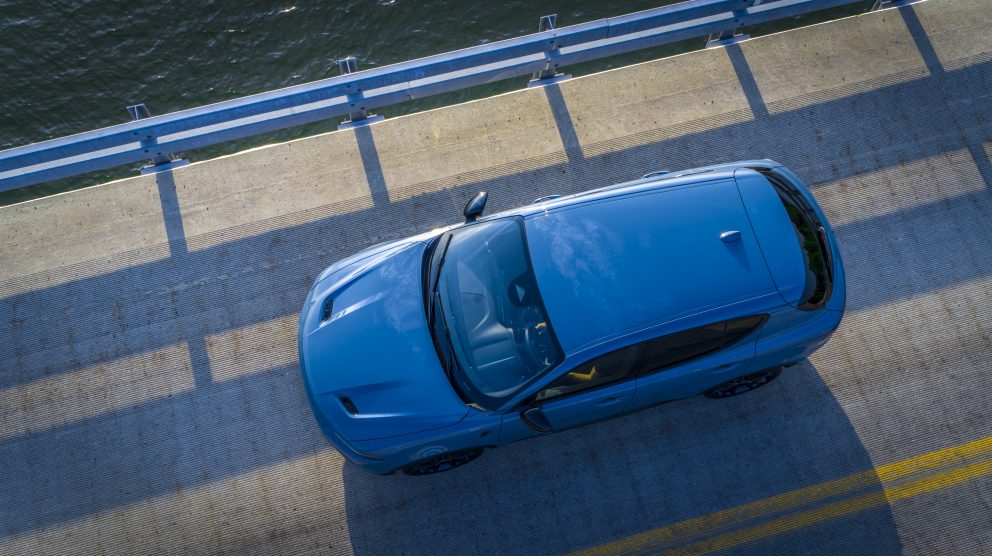
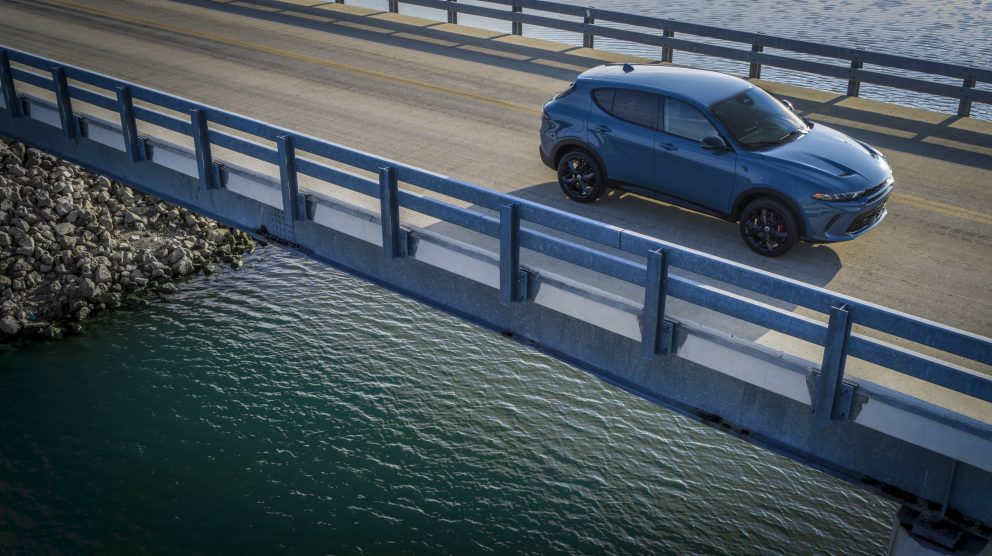
0 Comments